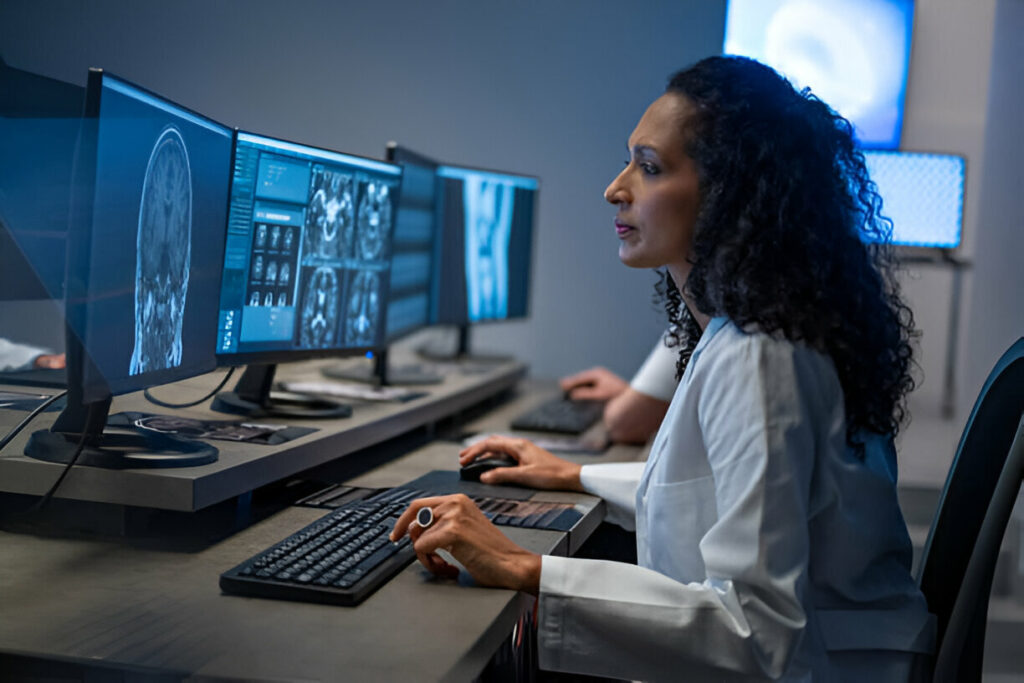Introduction: Advancements in technology have revolutionized the field of radiology reporting, enabling faster, more accurate, and more efficient interpretation of medical images. In this blog post, we’ll explore the role of technology in modern radiology reporting and its impact on patient care and workflow efficiency.
Body:
- Digital Imaging and PACS: Digital imaging technology and Picture Archiving and Communication Systems (PACS) have transformed the way medical images are captured, stored, and interpreted, allowing for seamless access to images and enhancing collaboration among healthcare professionals.
- Artificial Intelligence (AI) in Radiology: AI-driven tools and algorithms are increasingly being used in radiology reporting to assist radiologists in image interpretation, enabling faster analysis and detection of abnormalities.
- Telemedicine and Teleradiology: Telemedicine platforms and teleradiology services leverage technology to facilitate remote interpretation of medical images, enabling timely reporting and expanding access to radiology expertise in underserved areas.
- Workflow Optimization: Technology-enabled workflow solutions, such as voice recognition software and automated reporting systems, help streamline radiology reporting processes, reducing turnaround times and enhancing productivity.
- Future Trends: Explore emerging technologies and future trends in radiology reporting, such as 3D imaging, virtual reality, and blockchain-based image sharing platforms, and their potential impact on healthcare delivery.
Conclusion: Technology plays a pivotal role in modern radiology reporting, driving innovation, improving efficiency, and enhancing patient care. By embracing technological advancements, healthcare providers can optimize their radiology reporting processes and deliver better outcomes for patients.




